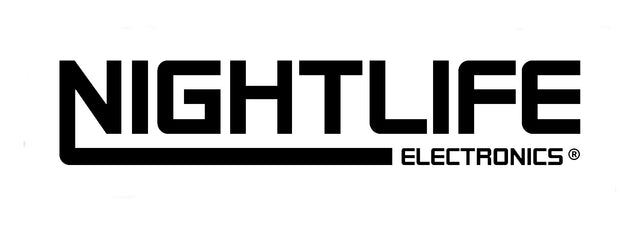Regular price CAD$239.00
Xaoc Devices Erfurt is a digital module that may be used as an 8-output clock and audio frequency divider, a bi-directional binary counter, or a component of the Leibniz binary system, i.e. a programmable digital oscillator.
Erfurt features an 8-bit register which holds its current state: an 8-bit number representing digital values from 0 to 255. The state is available at the front panel via eight binary (5V gate) outputs and reflected by the 8 status LEDs. There are three clock inputs: one incrementing the state at each impulse, one decrementing, and one resetting the state to zero. The state may also be changed manually with two buttons.
When operating alone, the state of Erfurt changes by 1 at each impulse from the clock inputs, so that it counts from 0 to 255 in a cycle (modulo 256). This yields the signal frequency divided by 2, 4, 8, etc. up to 128, available at individual bit outputs. Depending on which clock input is used, the clock patterns correspond to the so called mathematical or musical divisions of the rhythm.
With two different clocks patched to the inputs, the counter alternately increases and decreases its state, and ultimately it counts with a rate proportional to the frequency difference between the clocks. A third clock patched to the Reset input may be used to shorten the sequence thus making the cycle incomplete for even more rhythmic diversity.
When there is a Leibniz data source connected at the back (even as simple as Lipsk), the state increases or decreases in larger steps, depending on the data present at the Leibniz bus (eg. the value programmed by the Lipsk buttons). The counter overflows quicker, and produces more complex patterns.
The state of the counter may be used as a phase input to a digital wave table. Connected to other Leibniz modules, Erfurt may play various roles, eg. it may scan waveshapes in Jena, produce stepped voltages useful for making interesting glissandi with Drezno and any VCO, generate gate patterns animating the spectrum of Odessa harmonic banks, spawn pseudo-chaotic sequences when fed back to Lipsk, etc. Since Erfurt is based on CMOS logic (no CPU!), it can be clocked at very high frequencies (exceeding audio rate), therefore some selection switches are provided for clock pre-scaling.
-
Width: 6HP
- Depth: 41mm
- Power: 25mA @+12V / 30mA @-12V

